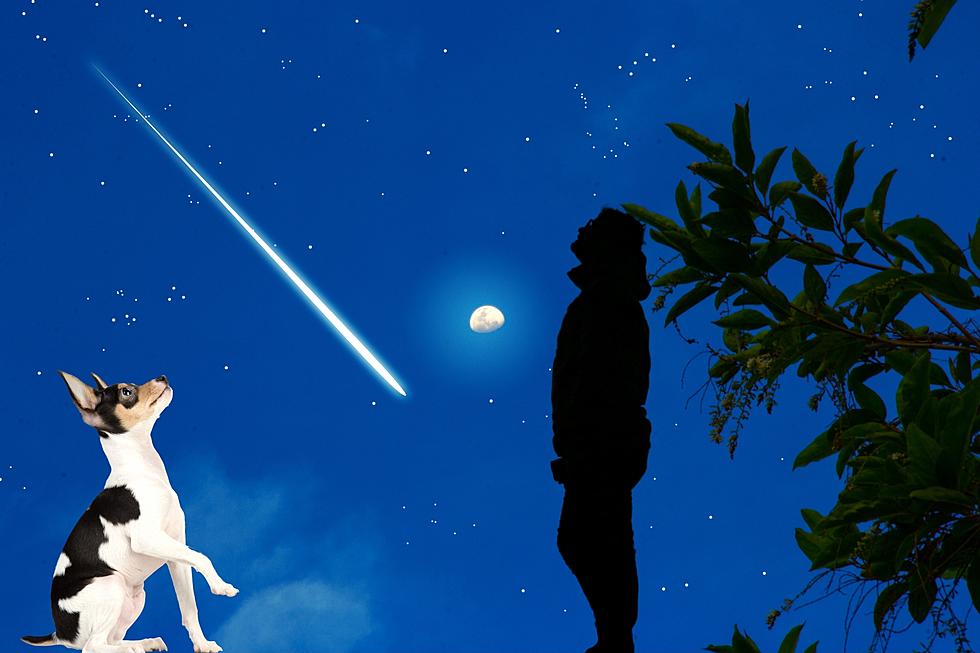
Biggest and Brightest Meteor Shower to Light up Texarkana Sky
In just a few days, beginning April 16, and lasting until April 29, the Lyrid meteor shower is ready to put on a heavenly show in the night skies over much of the Texarkana area.
This meteor shower is the longest-running shower, according to officials with NASA. and it looks like it will be set to peak on April 22, Earth Day, how cool is that? The Lyrid meteor shower is expected to produce anywhere from 15-20 meteors per hour.
Viewing these celestial beauties should be very good since the moon phase will be in its crescent stage so the sky will be a whole lot darker which makes seeing the meteors that much better. Of course, it's always better if you can get away from the city lights if you live in an urban area.
So, grab your binoculars, telescope, a lawn chair, and sit back and watch Mother Earth put on an amazing show. Make sure you look toward the eastern sky and remember the best time for viewing will be late at night or just before the crack of dawn.
According to NASA, the Lyrid meteor shower is expected to be bright and very fast. Most meteor showers are caused by debris from a passing comet. For the Lyrids, the comet is named Comet Thatcher.
You know the saying, April showers bring May flowers but in this case, meteor showers.
You've got to see this video of the Lyrid meteors from space.
LOOK: 23 astronomical events to look out for in 2023
More From Kicker 102.5
![Eta Aquarids Meteor Shower Peak Is Tuesday Night Into Wednesday Morning [May 4-5]](http://townsquare.media/site/152/files/2020/08/RS25730_GettyImages-826093388-scr.jpg?w=980&q=75)








